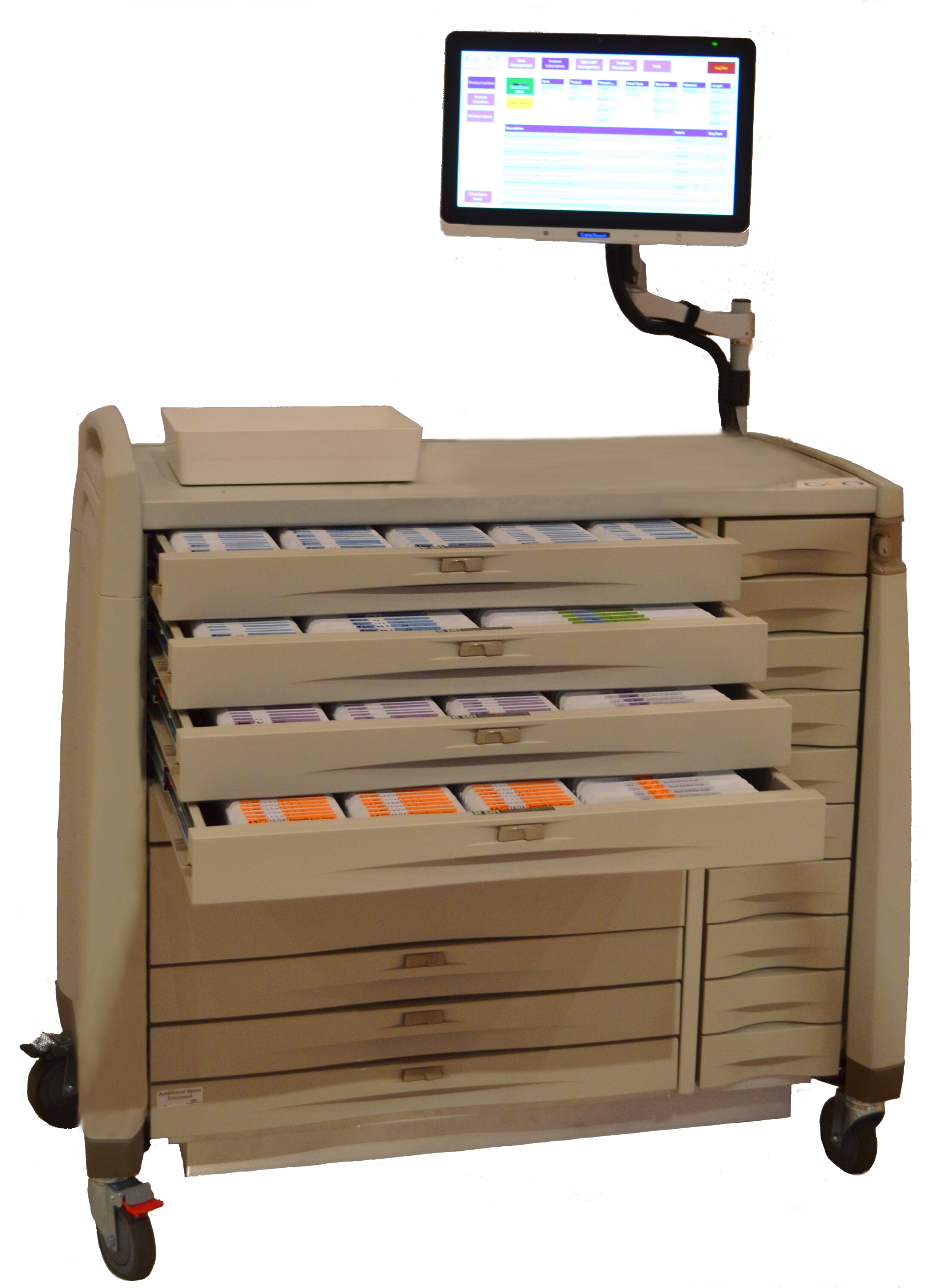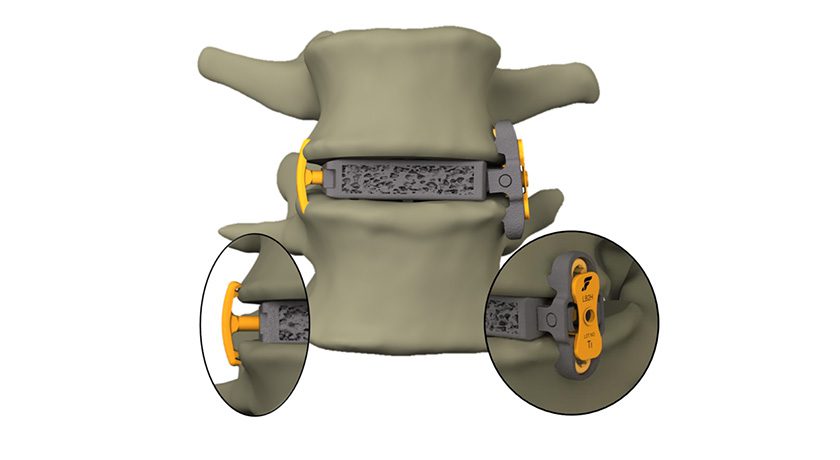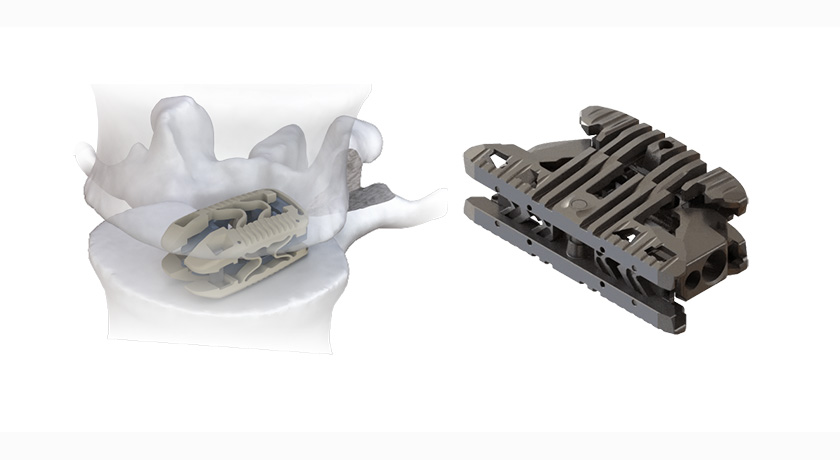
As more companies invest in products and services to solve problems in the convoluted supply chain between orthopaedic manufacturers and hospitals, one technology stood out to us: Gramercy Extremity Orthopedics’ GEO CART®. The GEO CART houses GEO’s products and inventory tracking technology in one mobile system, creating the first end-to-end solution that we’ve identified.
How does it work?
GEO CART is a mobile product warehouse and point-of-sale system that can be positioned directly in the O.R. suite. It contains 2,000+ GEO products, including the GEO cannulated bone screw with related instruments and the GEO hammertoe device. (Three more product offerings are in the development stage, according to GEO leadership.) These items are sterile packaged, each containing an RFID tag with a unique serial number. A touch-screen computer running proprietary software provides surgical and administrative staff with easy access to the cart’s functions. The cart and all of the products it contains are consigned.
Here are a few of the steps that we found particularly interesting.
- The O.R. staff uses GEO CART Management Software to create a case with all pertinent information for the procedure, surgeon assignment, tracking and billing.
- O.R. staff selects and pulls the implants and instruments necessary for each procedure. No interaction is needed with the GEO software during the case.
- Labels are pulled off product boxes and placed on the cart, which reads and records the product utilized. All labels can be recorded at once, saving time. GEO CART does not require line of sight, like a barcode.
- At the end of a surgical day, an electronic, remote inventory is done to identify inventory consumed. A ticket is created, and replenishing inventory is shipped to the user the same day.
“As a startup company, GEO had the advantage of beginning with the end in mind,” GEO President & Chief Executive Officer Michael Simpson told BONEZONE. “The GEO CART and the associated GEO business model were the result of input from surgeons, surgical staff and facility personnel who had meaningful and consistent issues with the way orthopaedic devices were supplied to the O.R. This input and the challenge to find a solution was the genesis of GEO and the GEO CART.”
In an effort to learn more about GEO CART—how it works, why it is unique, how it responds to surgeon and hospital needs, etc.—we posed several questions to Mr. Simpson.
What industry needs does GEO CART address?
Simpson: GEO CART addresses product availability in the O.R., sterile processing risks and costs, O.R. efficiency, product use, device billing and tracking, sales representation presence in the O.R. and supply chain efficiency, among several other needs associated with healthcare providers, patients and the device manufacturer.
As artificial intelligence, SMART technologies and the like become more prevalent in healthcare, how might GEO CART change the “intelligence” behind orthopaedic devices?
Simpson: The intelligence that the GEO CART provides is relevant to the distribution and utilization of the devices. For example, software-assisted case management combined with a readily available pre-sterilized device and instrument inventory in the O.R. changes the dynamics of O.R. efficiency. Having serialized products that can be tracked to the case, combined with accurate logging of the parts used, changes the dynamics of patient safety and billing accuracy. Real-time information about product use and local inventory changes the dynamics of device availability, which in turn impacts costs, scheduling and supply chain effectiveness. The bottom line is that the effect of the sophistication provided by the GEO CART positively impacts the effectiveness of healthcare providers.
How does GEO CART contribute to better patient outcomes?
Simpson: First, by providing sterile implants and instruments, the GEO CART eliminates on-site sterilization and minimizes the need for manufacturer representation in the O.R., thereby reducing infection risks.
Second, because of the high level of control over the inventory in the GEO CART, devices needed for the case are assured to be available and organized, minimizing surgical delays that may cause extended patient exposure and anesthesia time.
Third, because GEO devices are sterile, organized and include kitted instruments, and the GEO CART automatically logs product usage and manages case documentation, surgical personnel can spend less time concerned with product and focus more on the patient. Additionally, while not an “outcome” in terms of a clinical procedure, the GEO CART tracks every implant and instrument to the case so that the history of any part, package component, label, etc. in question can be determined.
Have you performed studies that demonstrate cost efficiencies that GEO CART provides?
Simpson: We are not currently doing a formal study. But we are starting to collect case information showing the efficiencies that the GEO CART provides. Being in the early stages of data collection, we do not yet have sufficient results to share publicly, but the initial data points are very positive.
What challenges lie ahead in the continued development and commercialization of GEO CART?
Simpson: As with any startup company, obtaining the funding and resources required for scaling to meet demand and expand revenue is always a challenge. Specific to the GEO CART, the development of the sterile packages to facilitate not only new product configurations but also CART density is challenging. Along those lines, implementing RFID technology in an environment of high-density metallic objects is technically difficult as GEO looks toward expanding its product line and CART offering.
Rob Meyer is ORTHOWORLD’s Senior Editor. Please send comments on this article to Carolyn LaWell.




